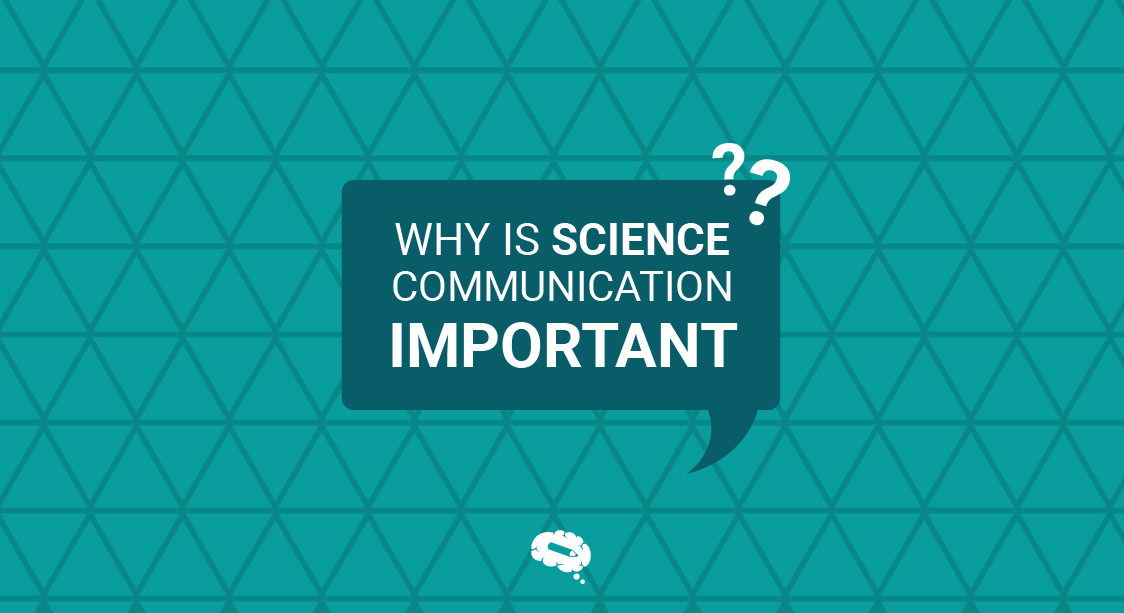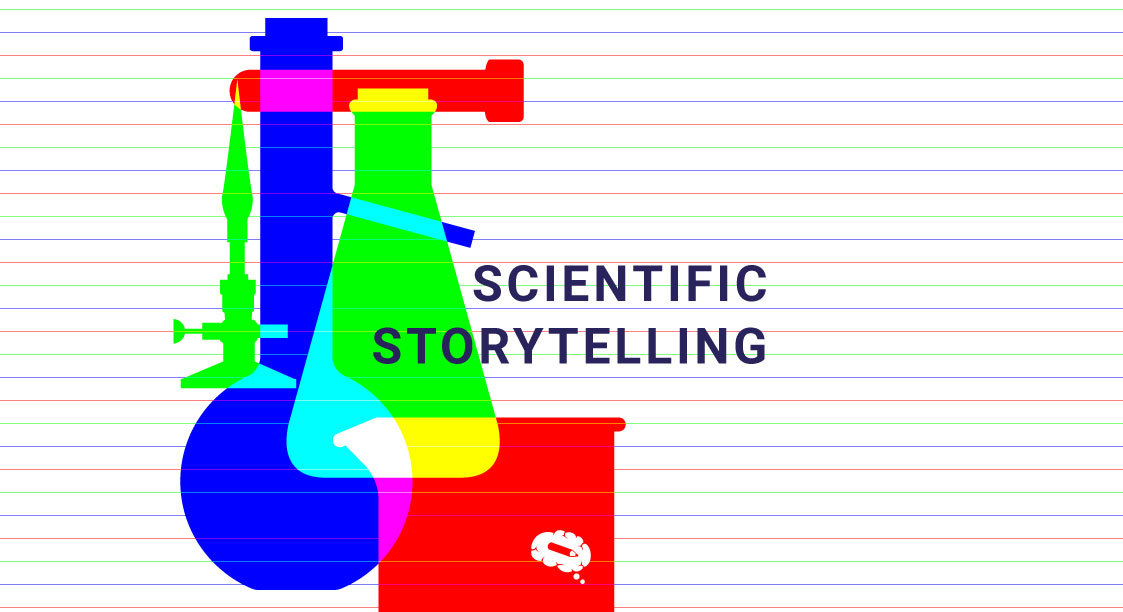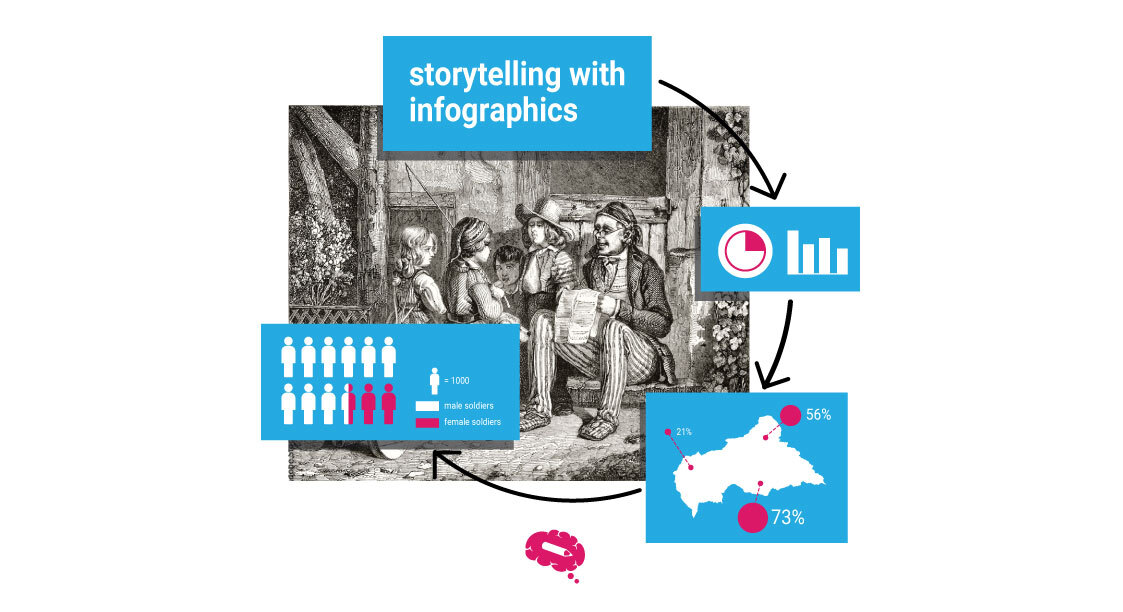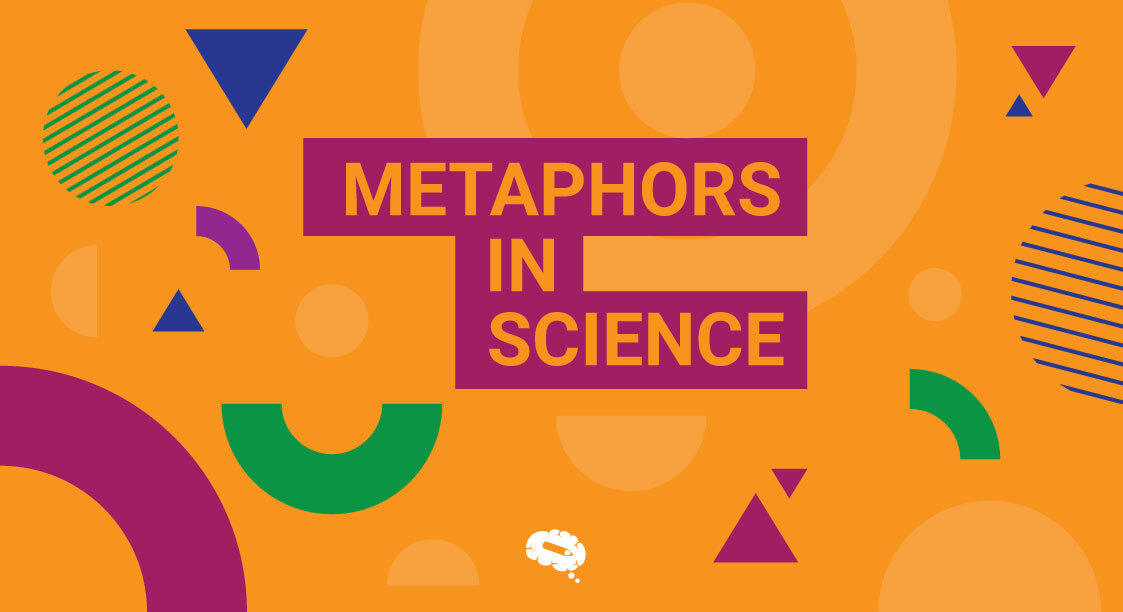More than three-quarters of the population struggles to understand basic scientific concepts. It’s clear from this staggering statistic that effective science communication is vital. The ability to comprehend and engage with scientific information is more important than ever in today’s fast-paced world where discovery and technological advancements shape our everyday lives. Yet, amidst the deluge of data and complex terminology, many individuals find themselves adrift, unable to navigate the sea of scientific knowledge.
Keeping the public informed about scientific research is crucial for effective science communication. In addition to breaking down complex concepts, it also makes them relatable to people of all backgrounds. In our interconnected society, where decisions ranging from personal health choices to policy-making hinge on scientific understanding, the significance of clear and accurate communication cannot be overstated. It empowers individuals to make informed decisions, fosters trust in scientific institutions and drives progress across various fields.
We will explore the crucial importance of effective science communication in this blog. By exploring how clarity and accessibility can transform complex discoveries into digestible insights, scientists can build trust with the public, and society can engage with science more effectively. By providing real-world examples and practical strategies, we will answer the question “why is science communication important?” and explore the ways in which science communication promotes informed decision-making and societal progress.
So, let’s explore how science communication can bridge the gap between knowledge and understanding in our modern world by unraveling its complexities.
Enhancing Understanding And Building Bridges
Complex phenomena and mysteries of the universe are uncovered by scientists in the realm of science. Even seasoned experts sometimes find it challenging to understand concepts and theories associated with scientific discoveries, whether in the microscopic world of quantum mechanics or the vast expanse of astrophysics. It is challenging, however, not only to uncover these complexities but also to convey them to a wider audience.
The Nature Of Science And Complexity
Exploring the unknown is at the core of science, and understanding natural phenomena is at its core as well. Whether it’s deciphering the genetic code, unraveling the behavior of subatomic particles, or exploring the depths of space, scientific inquiry often leads to discoveries that defy simple explanations. The results of these experiments, theories, and mathematical frameworks can be overwhelming, forming a tapestry of knowledge that is difficult to comprehend. Even though understanding these subjects is difficult, presenting them to a wider audience is much more difficult. This is why communication is so important. Scientists need to be able to explain their findings in a way that is easy to understand and accessible to everyone. Science needs to be presented in a way that everyone can understand, so that they can benefit from its discoveries.
Challenges In Communication
A complex scientific idea must be communicated to a non-expert audience in a clear and understandable manner. Between scientists and the general public, there is a huge gap in knowledge and vocabulary. Technical jargon and abstract theories often obscure scientific concepts, making them inaccessible to those without specialized education. Furthermore, the sheer amount of information can be overwhelming, resulting in confusion and disengagement.
Understanding complex concepts is also challenging due to cognitive barriers. Information that involves abstract or unfamiliar concepts cannot be processed or retained by the human brain. Therefore, it is essential to consider cognitive biases and learning mechanisms when conveying complex scientific ideas.
Example Of Challenges In Science Communication
Real-life analogies and visual representations can simplify complex biological processes, such as gene expression and neural networks. Scientists can make these processes more accessible and relatable to a broader audience by breaking them down into digestible chunks and relating them to everyday experiences.
Effective communication strategies prioritize clarity, relevance, and engagement in order to bridge the gap between complex scientific discoveries and the public. Science can be explored by allowing people to explore the wonders of science through analogies, visualizations, and storytelling that acknowledge complexity and foster a sense of wonder.
Read more: Mastering Scientific Storytelling: A Path To Engagement and Storytelling With Infographics: The Power Of Visual Narrative
The Path To Understanding Begins With Clarity
There is no substitute for clarity when it comes to science communication. It is impossible to overstate how crucial clarity is to communicating intricate scientific concepts to a broader audience. In order to effectively communicate science, you need to be able to communicate complex ideas in a way that can be understood by people with varying levels of scientific literacy.
Importance Of Clarity
Clarity in scientific communication is paramount for several reasons. To begin with, it facilitates non-experts’ understanding of scientific discoveries, enabling them to comprehend their significance and implications. Even the most innovative research may remain inaccessible and obscure without clarity, failing to resonate with its intended audience. Additionally, clear communication promotes engagement, motivating individuals to explore scientific topics in-depth and explore their relevance to everyday life. Finally, clear communication is instrumental in fostering collaboration between experts and non-experts, allowing both sides to benefit from each other’s perspectives.
Enhancing Comprehension
Science is a complex web of knowledge, and people need clear communication to navigate it. To piece together scientific understanding, clarity breaks down complex concepts into digestible chunks. Individuals are better equipped to comprehend and retain information when it is presented clearly and concisely.
Techniques For Improving Clarity
In science communication, it is possible to enhance clarity by employing several techniques:
- Utilizing Straightforward Language: Reaching a broad audience requires straightforward language free of jargon and technical terms. Individuals from diverse backgrounds can better understand communicators’ messages when they avoid overly complex terminology.
- Analogies: By comparing abstract concepts to familiar experiences or phenomena, analogies serve as powerful tools for elucidating abstract concepts. It is easy to gain a better understanding of complex scientific processes when analogies are compared to everyday occurrences. Analogies can help break down complex concepts into simpler, more understandable terms, making them easier to understand and remember. Additionally, analogies can help stimulate creativity and creative thinking, allowing individuals to come up with innovative solutions to difficult problems.
- Visuals: Scientific communication can be enhanced greatly by incorporating visual aids such as diagrams, charts, and infographics. It is easier to understand abstract concepts when they are represented visually, as visual aids complement verbal explanations. (Don’t worry, Mind the graph has got your back!)
- Storytelling: The use of narratives and storytelling techniques can be an effective means of conveying scientific information in an engaging and relatable manner. By framing scientific concepts within a narrative context, communicators can captivate their audience’s attention and facilitate emotional engagement.
Also read: Metaphors in Science: How Figurative Language Helps Science
By focusing on clarity and employing these techniques in scientific communication, researchers, educators, and communicators can bridge the gap between complex scientific discoveries and the general public, contributing to a deeper understanding and appreciation of science in society.
Fostering Trust
In order for scientific institutions, experts, and the public to trust each other, effective science communication is crucial. Science findings and recommendations can be more reliable and trustable when communicated transparently and easily.
Link Between Effective Science Communication And Trust
It is important to remember that effective science communication is about more than conveying information; it is also about creating connections and cultivating trust with your audience. Informed decisions about one’s health, life, and environment are made easier when scientific concepts are communicated clearly and understandably.
In the case of vaccination, for instance, individuals are more likely to follow public health officials’ recommendations and choose to vaccinate themselves and their families when they effectively communicate its benefits. This can help to reduce the spread of infectious diseases and improve public health. Additionally, it can provide individuals with confidence that they are making the best decision for their health.
Transparent And Accessible Communication
For scientific institutions and experts to build trust, transparent communication is essential. Science is transparent when the methods, data, and potential limitations of research are shared openly.
Communication that is accessible ensures that scientific information is presented in a way that is both understandable and relatable to a wide audience. To illustrate complex concepts, use plain language, avoid jargon, and provide context and real-life examples.
Transparency and accessibility are indicators of honesty, integrity, and accountability when scientific institutions and experts prioritize them in their communication efforts. As a result, the public is more likely to trust their expertise and recommendations.
Mistrust Arising From Poor Communication
Mistrust can arise when science is poorly communicated or insufficiently understood by the general public. There are a number of reasons why this may happen, including:
- Misleading or Incomplete Information: Misrepresenting or taking out-of-context scientific findings can create confusion and mistrust. Public trust in scientific research can be undermined by outrageous headlines that exaggerate health risks without providing context.
- Conflicting Messages: The public may become skeptical and doubtful when messages from different sources differ or when scientific evidence is interpreted differently. When different health experts provide conflicting advice on a particular health issue, this leads to confusion and undermines trust.
- Lack of Transparency: Insufficient disclosure of conflicts of interest, funding sources, and biases undermines credibility. Lack of transparency can cause the public to distrust and question the motivations behind scientific research.
The public can make informed decisions based on sound evidence when scientific institutions and experts prioritize transparent, accessible communication.
Empowering Decision-Making
As the world becomes more interconnected, effective science communication becomes increasingly important to influencing public understanding, policy decisions, and empowering individuals. Science communication fosters a more scientifically literate society by bridging the gap between complex scientific concepts and the general public.
Empowering Individuals To Make Informed Decisions
Communication of science is essential for empowering people to make informed decisions about their health, environment, and technology. Scientific findings must be communicated accurately and in a way that is accessible to the general public for them to understand the possible risks and advantages of their daily choices.
After all, why is science communication important? People need science communication to understand emerging technologies such as artificial intelligence, genetic engineering, and nanotechnology. Science communication facilitates ethical, social, and regulatory discussion of these technologies by providing insights into their potential benefits and risks.
Importance In Policy-Making And Public Discourse
Policymaking and public discourse on critical issues are also affected by effective science communication. Climate change, public health crises, and technological innovation are complex challenges that require scientific evidence and expert advice for regulation and strategy development.
In the policy arena, science communicators can facilitate constructive dialogue by translating scientific findings into accessible language and engaging with diverse stakeholders. As a result of public engagement with science, decisions can be made more legitimate and accountable, reflecting society’s values and priorities.
Society relies heavily on science communication for a variety of reasons. Science communication contributes to the advancement of knowledge, the promotion of societal well-being, and the preservation of the environment by encouraging individual decision-making, informing policy-making, and fostering public discourse. As we navigate the challenges and opportunities of the 21st century, effective science communication will remain a cornerstone of a healthy, vibrant, and resilient society.
Discover The Power Of Scientific Storytelling With A Free Infographic Maker
Dive deep into your research and effortlessly craft engaging visuals that captivate your audience’s attention. From intricate data sets to complex concepts, Mind the Graph empowers you to create compelling infographics that resonate with readers. Visit our website for more information.

Subscribe to our newsletter
Exclusive high quality content about effective visual
communication in science.





